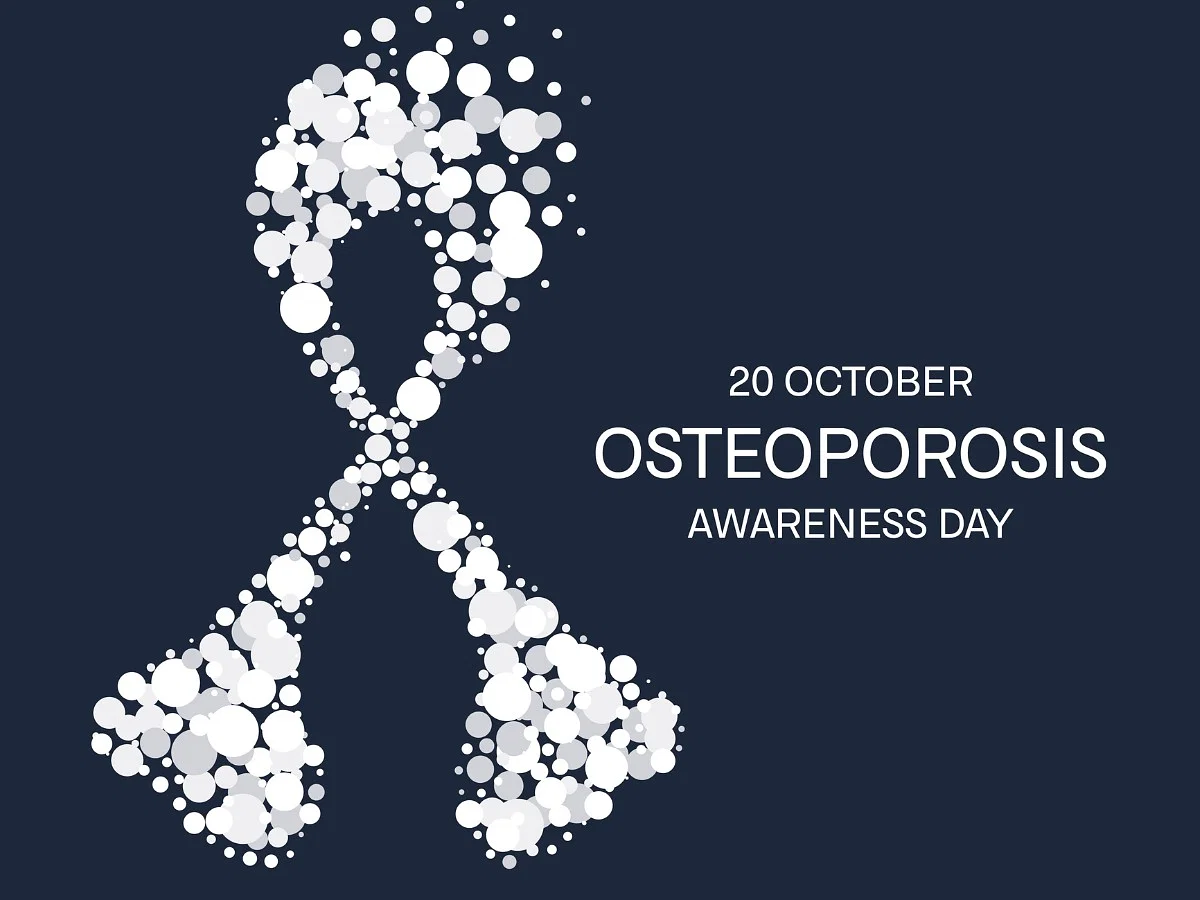Search by Color or Cause


World Osteoporosis Day is marked on October 20 each year. Further, this event is a year-long campaign. It is dedicated to raising global awareness of the prevention, diagnosis and treatment of osteoporosis and related musculoskeletal diseases. In addition, World Osteoporosis Day aims to put bone health and fracture prevention on the global health agenda. Lastly, it reaches out to healthcare professionals, the media, policy makers, patients, and the public at large. The World Osteoporosis Day campaign is an ideal occasion to drive action on behalf of bone health and fracture prevention.
Currently, osteoporosis is vastly under-diagnosed and under-treated. Worldwide, millions of people at high risk of broken bones (fractures) remain unaware of the underlying silent disease. The huge human and socioeconomic cost, and severe impact of fractures on patients’ independence, is underestimated.
The WOD annual campaign is a unique occasion for individuals and organizations around the world to put the spotlight on the disease and its burden. Together, patient societies, health care professionals, medical authorities, policy makers and patients themselves can contribute to calling for change.
Osteoporosis literally means ‘porous bone.’ It is a condition where bones become thin and lose their strength as they become less dense and their quality is reduced. This can lead to broken bones, which cause pain and disability. Broken bones due to osteoporosis can be life-changing. This can have a serious impact on quality of life, mobility, and independence. Osteoporosis is often called the ‘silent disease.’ This is because most people don’t know they have the disorder until they break a bone after a minor fall or bump (known as a fragility fracture).
Osteoporosis is common, and fragility fractures are on the increase. Worldwide, one in three women and one in five men aged 50 years and over will sustain a fragility fracture. This is due to osteoporosis. By 2050, the worldwide incidence of hip fracture in men is projected to increase by 310%. And, it is projected to increase by 240% in women compared to 1990. Worldwide, osteoporosis causes more than 8.9 million fractures annually. This results in an osteoporosis fracture every 3 seconds. Based on the WHO definition of osteoporosis, it is estimated that approximately 500 million men and women worldwide may be affected.
In women, osteoporosis accounts for more days in hospital than breast cancer, heart attack, diabetes, and many other diseases. In men, fracture risk is up to 27% higher than the risk of prostate cancer. Vertebral (spine) fractures can lead to back pain, height loss, deformity, immobility, increased number of bed days, and reduced pulmonary function. A woman 65 years of age with one vertebral fracture has a one in four chance of another fracture over 5 years. After a hip fracture, approximately 60% require assistance a year later and 20% will require long-term nursing care. Mortality rates of up to 20-24% are seen in the first year after a hip fracture.
Over 55% of patients with hip fractures have evidence of a prior vertebral fracture. A prior fracture is associated with an 86% increased risk of any fracture. The risk of suffering another fracture is particularly high in the first two years after an initial fracture.
Peak bone mass is reached between the ages of 25 and 30. Although about 60–80% of peak bone mass is determined genetically, exercise and bone-healthy nutrition in young people help maximize genetic potential. Lifestyle factors that contribute to good bone health throughout life are regular weight-bearing exercise, eating nutritious bone-healthy foods, getting sufficient vitamin D, maintaining a healthy-body weight, and avoidance of smoking and excessive alcohol intake.
If you are at risk, ask for a bone health assessment – take the IOF Osteoporosis Risk Check. Risk factors, aside from older age, include height loss, low Body Mass Index, certain diseases (such as rheumatoid arthritis), family history, long-term use of glucocorticoids and other medications, among others. If you’ve broken any bone (for example, your wrist) after a minor fall from standing height, this could be a sign of osteoporosis. Be sure to ask your doctor for testing and treatment. One broken bone is a warning of more to come! Don’t ignore back pain, height loss and/or curved back (kyphosis). These can be a sign of vertebral fractures.
Pharmacological treatments have been shown to reduce the risk of hip fractures by up to 40%, vertebral fractures by 30-70%, and some treatments reduce the risk for non-vertebral fractures by up to 30-40%. A bone-healthy lifestyle (including good nutrition and a targeted exercise program) is an essential component of osteoporosis management.